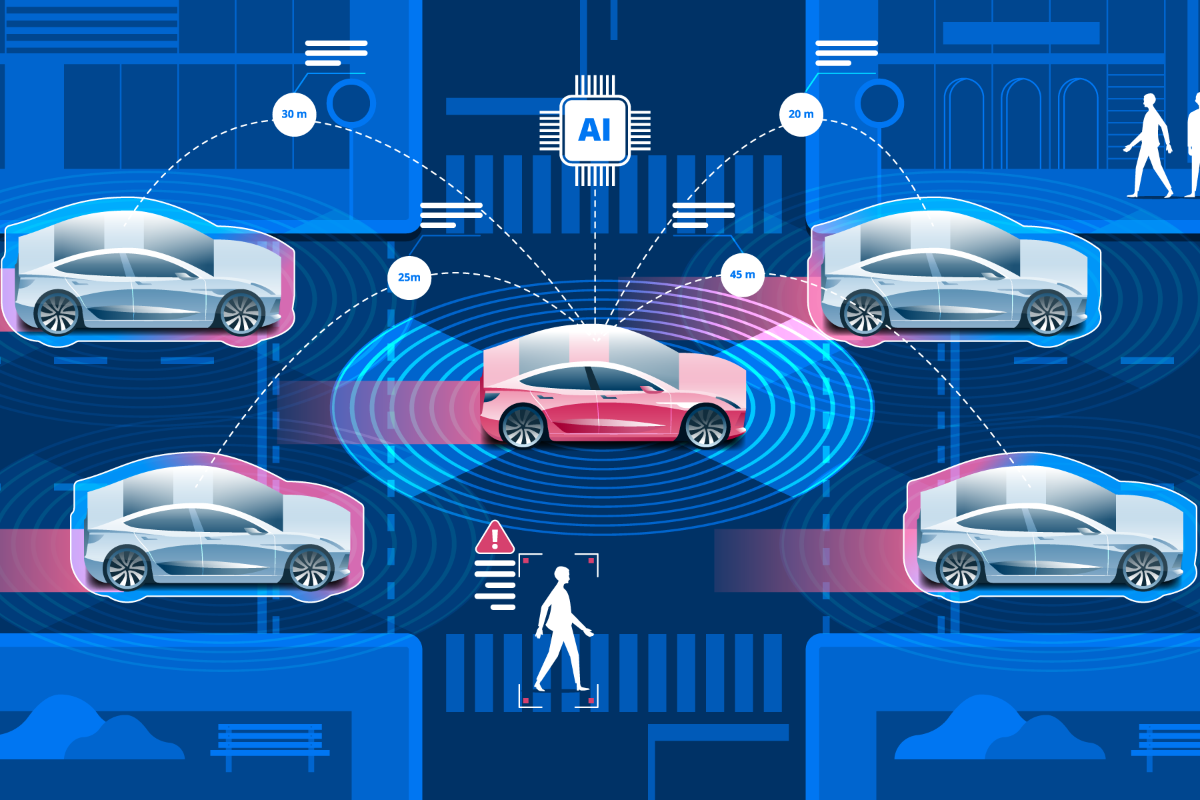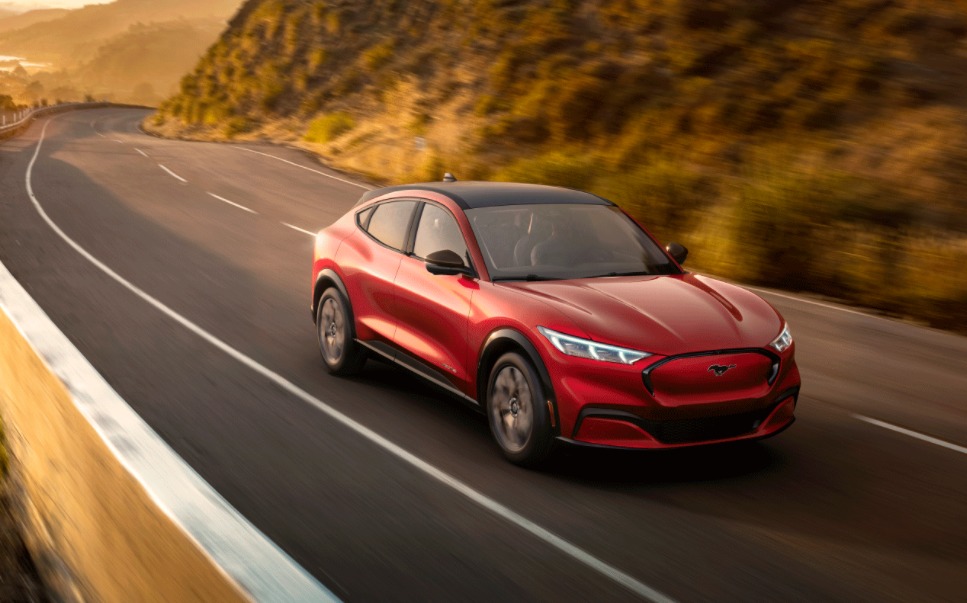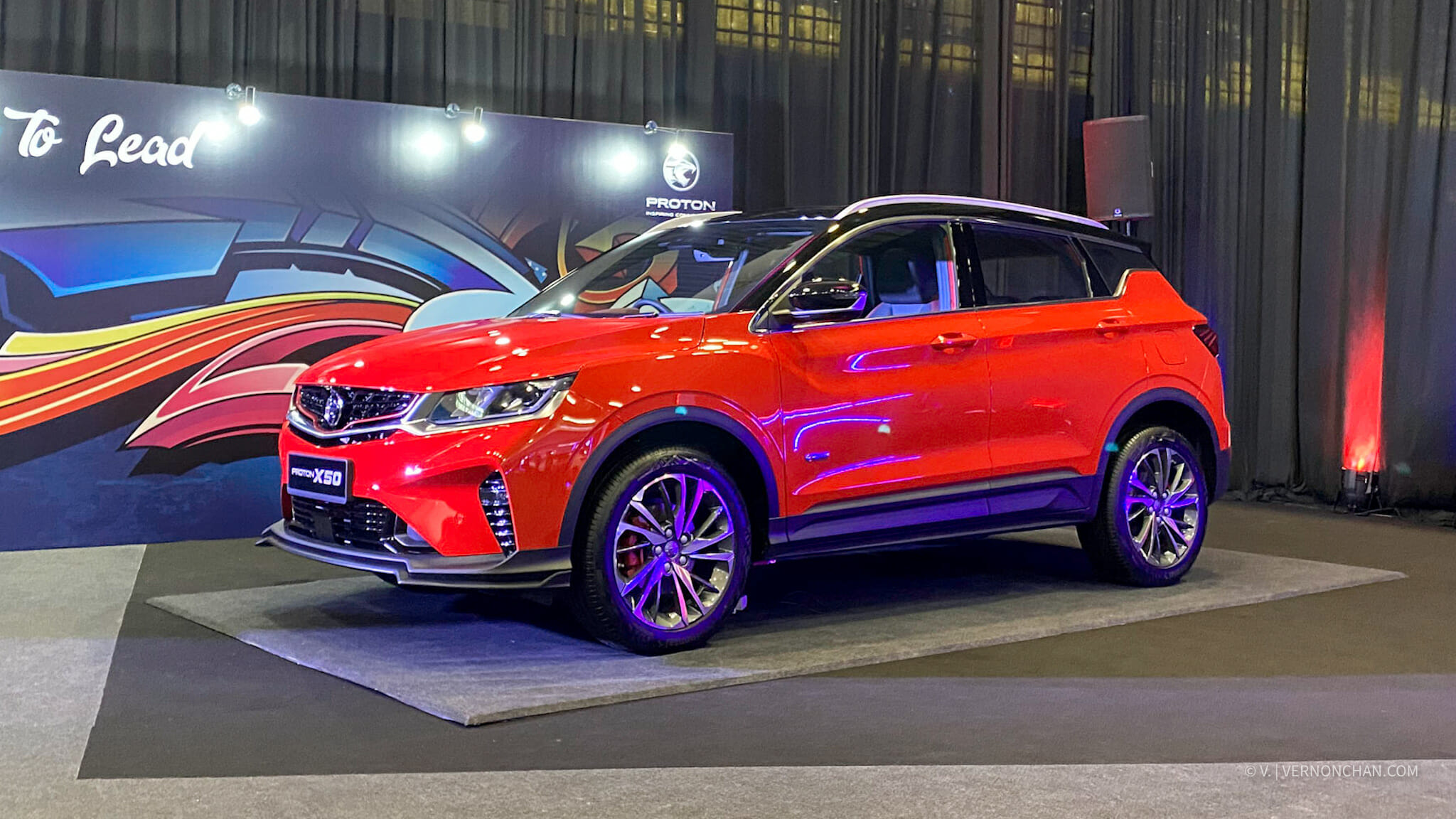For many of us, road safety is something we take for granted. And yet, year after year, we watch as road traffic accidents lead to serious injuries or worse, death, affecting the lives of people, families and friends.
According to the Global Status Report on Road Safety 2018 by World Health Organisation (WHO), the global rate of road traffic death is 18.2 per 100,000 population. Specifically in Malaysia, the number stands at 23.6 deaths per 100,000 population, which is the third-highest in Southeast Asia behind Thailand (32.7) and Vietnam (26.4).
During the Ops Selamat road operation over the Chinese New Year holidays this year, there were 122 deaths reported on Malaysian roads across the first eight days. This is more devastating than the impact of the COVID-19 coronavirus outbreak in Malaysia, which is currently plaguing China and other countries in the world.
While humans can continue to rely on skill, experience, and a little bit of luck when they’re on the road, experts believe that emerging technology can drastically reduce unexpected spine-chilling moments, as well as traffic fatalities and their implications.
Many modern vehicles already feature blind spot detection, lane departure warning, lane keeping technology and automatic emergency braking. Yes, even local makes like PROTON and PERODUA. With these and other automated driver assistance systems, the future can be a safer place.
The next wave of innovation looks to be vehicle-to-vehicle (V2V) communication and vehicle-to-anything (V2X) communication, or in layman terms—the technology that allows vehicles to listen and talk to each other.

The Global Status Report on Road Safety revealed: “Road safety is no accident. It requires strong political will and concerted, sustained efforts across a range of sectors.” This calls not just about implementing the latest technology, but to research on the best practices and coming up with more proactive measures after 2020. This will likely ensure that a high percentage of new cars have V2X capability, says Robert Bielby, V2X expert and senior director of automotive system architecture in Micron’s Embedded Business Unit. Some automakers plan to unveil V2X technology before then.
In Malaysia, the transport ministry revealed that they were working with automotive companies and motorcycle makers to incorporate safety features in new vehicles in an effort to reduce road accidents and fatalities.
According to research published by the Malaysian Institute of Road Safety Research (MIROS), 80 percent of accidents are caused by human error. This can be inattentive driving habits or ignoring traffic rules.
A single vehicle with V2X technology can alert a driver of hazards before the driver can even see them, to reduce the chance of an accident. That said, V2X hopes to reduce human error and save lives on the road.
V2X can also enable simultaneous movement of vehicles which includes coordinated braking at red lights, accidents and other traffic obstacles, as well as power the ability for vehicles to accelerate in unison to save time and enhance safety.
How does V2X work?
V2X communication relies on a combination of technologies:
- Sensors installed on vehicles that communicate with the environment
- Wireless connectivity that facilitates interaction with other vehicles, including infrastructure, GPS maps, and pedestrians
- NAND and DRAM memory provides local storage in vehicles and enabling near-instantaneous movement of data needed to inform and run these systems
Automotive applications require a comprehensive portfolio of auto-qualified memory solutions. This is where Micron comes in bringing with it 28 years of commitment to the automotive market. The company is the undisputed leader supplier of memory to the automotive market, with over 40 percent market share.
Micron’s GDDR6 technology is well-suited to the high bandwidth needs of autonomous vehicles and V2X technology.
It is well-positioned to help deploy the next wave of ADAS solutions and V2X technology. The emerging V2X chipset market is poised to grow rapidly and is expected to generate billions of revenue. Most importantly, it will power the next wave of technology to significantly reduce the number of road accidents. V2X could potentially be the greatest traffic safety advancement in recent history.
For more information, visit Micron.
Header image: Campbell Law Observer







